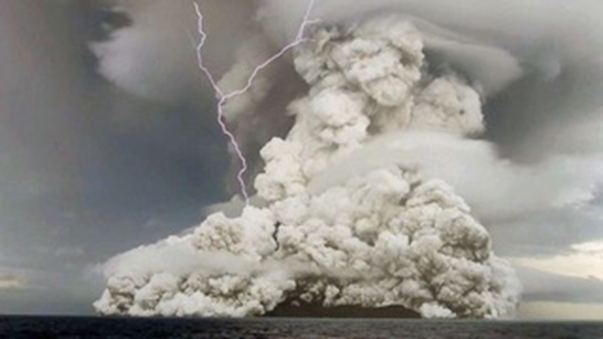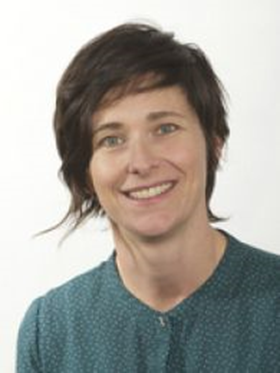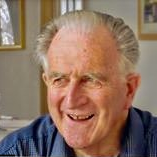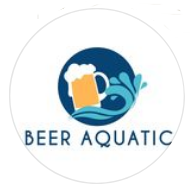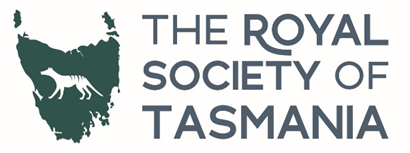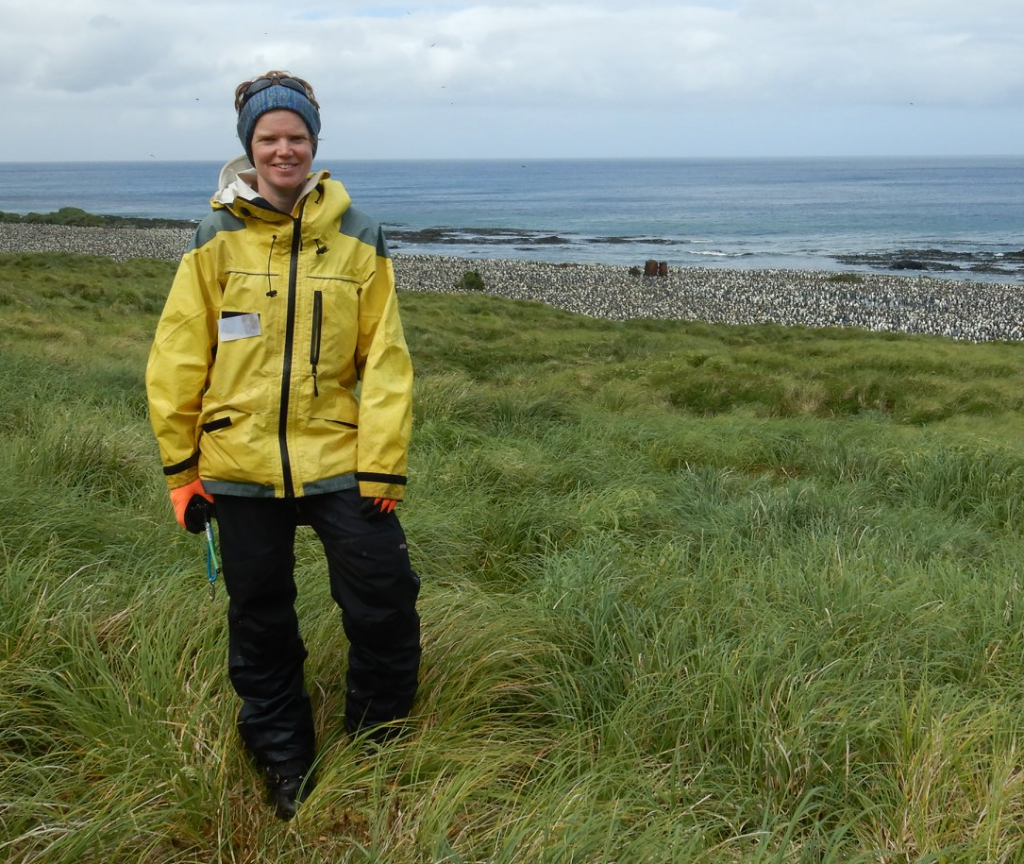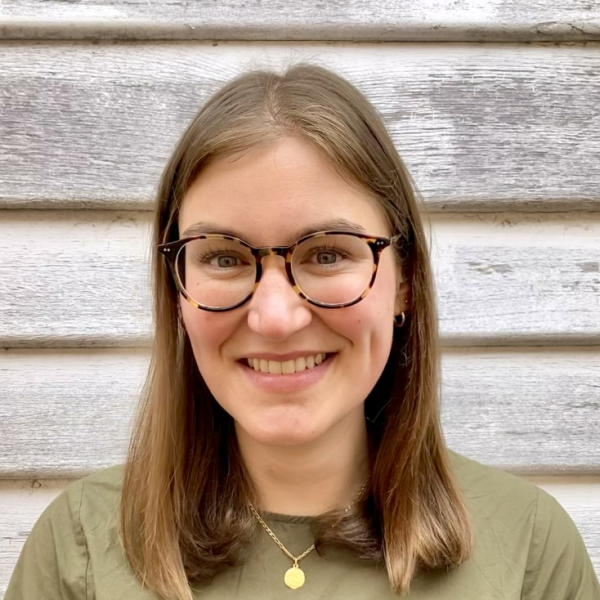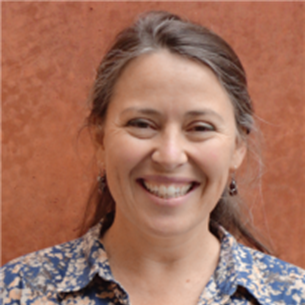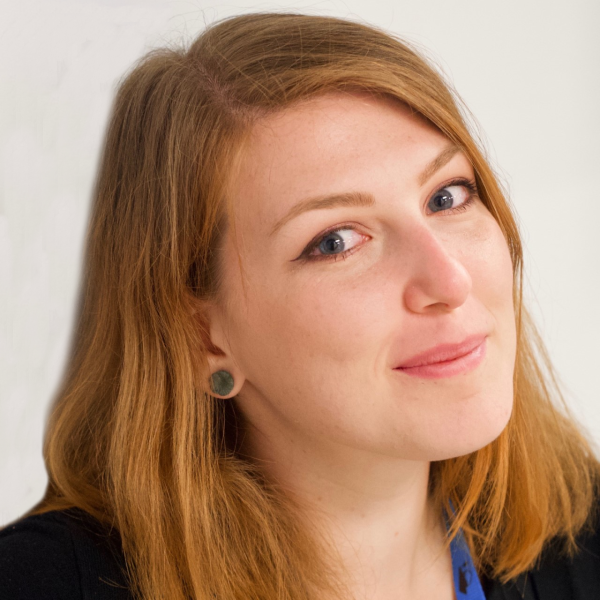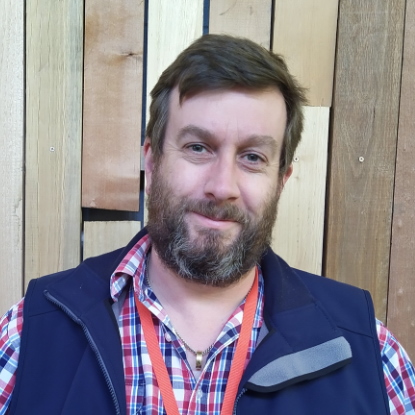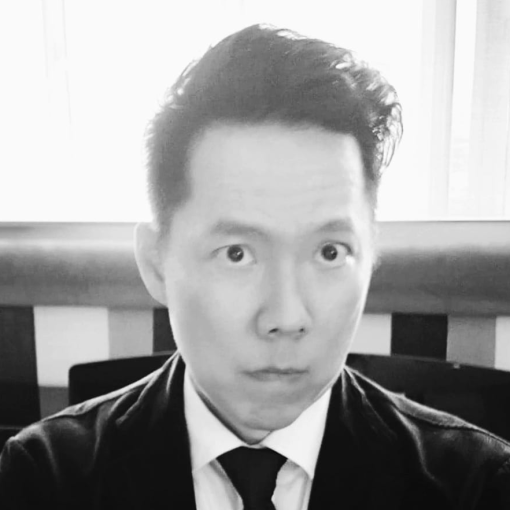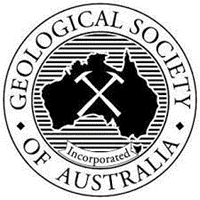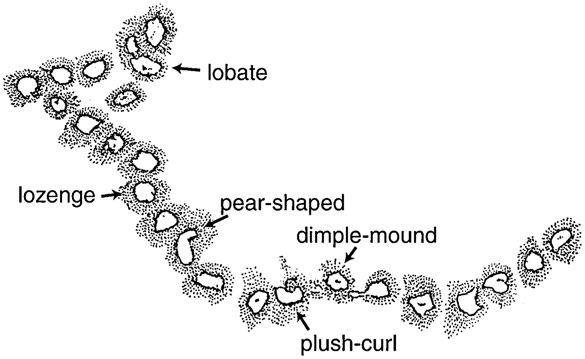Personalised medicine uses very specific and unique health information from an individual to make informed therapy choices. To that end, the latest advances in human genomics, microbiome analysis and other advanced biomarker tools will assist in individualising therapy. A/Prof Raj Eri will describe in detail with examples how such advanced research will shape personalised medicine.
Raj is a passionate scientist who leads a research team investigating gut diseases such as Inflammatory Bowel Disease and colorectal cancer. He has published over 125 peer-reviewed research papers, received research grants from NHMRC and multiple philanthropic sources, and has been commended by the Australian Government for excellence and innovation in teaching.
